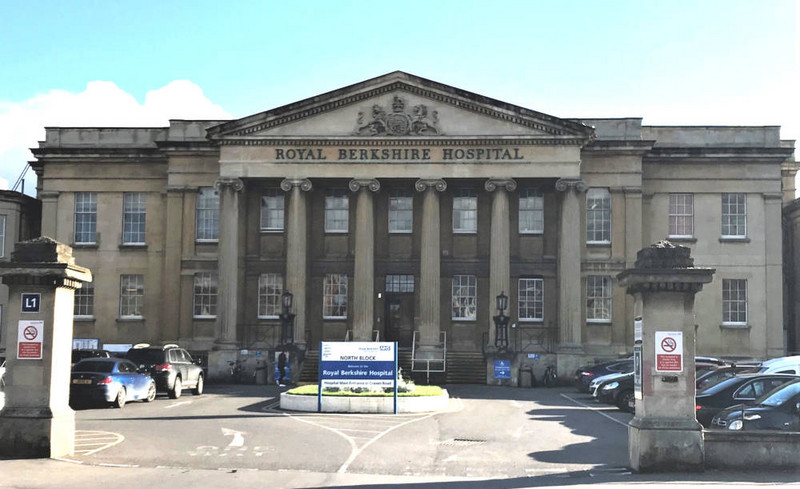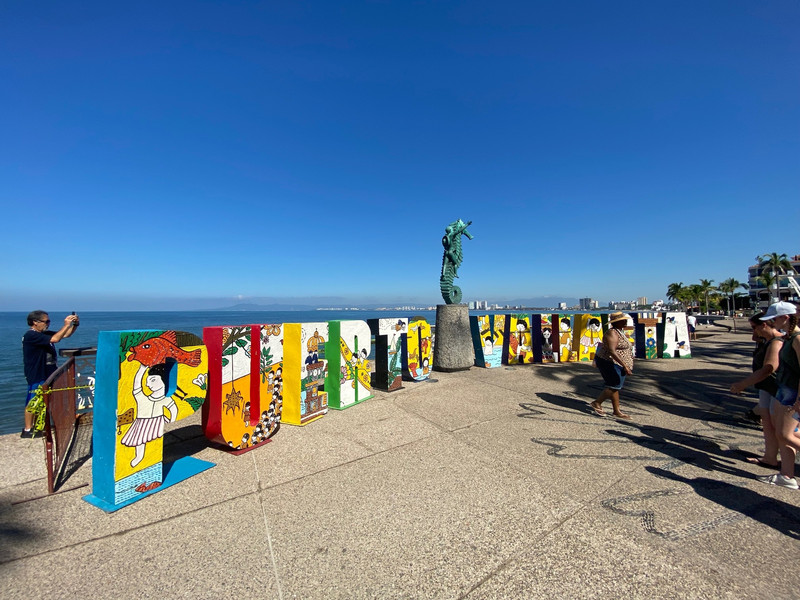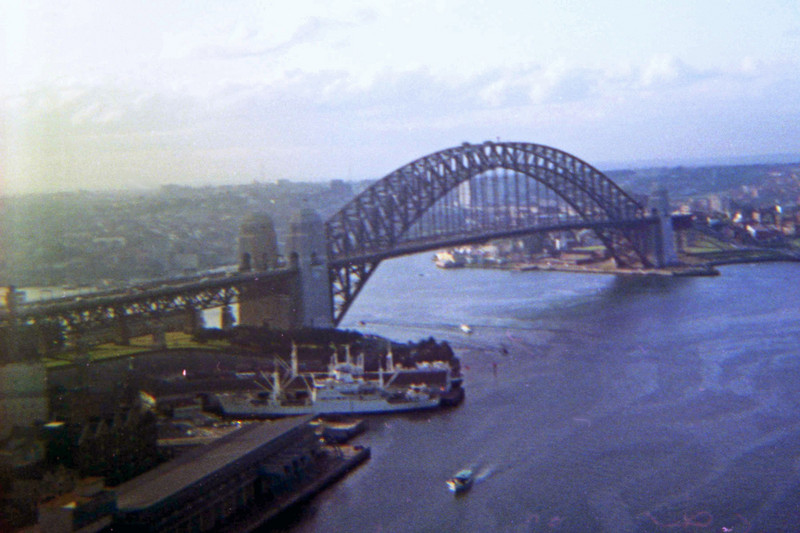I was born in 1951. Between 1955 and 1970 I grew up in 36 Hatherley Road, Reading. Between 1970 and 2017 I lived there periodically. During all those years, the Hatherley Road area – bounded by Cemetery Junction to the north, Palmer Park to the east, Whiteknights Park to the south, Redlands Road to the west – was my home. Even when living elsewhere, I always regarded No. 36 and the surrounding area as the centre of my universe; it was as if an invisible umbilical cord existed between me and it. That cord was partially severed in 2017, when I sold my house and resolved to spend the remainder of my life in Vietnam. I say ‘partially because, although I may never revisit my native heath, it is frequently in my thoughts.
When I think of the Hatherley Road area, I think mainly of people and buildings. When I think of the buildings, I think of four in particular: No. 36, Reading School, the Royal Berkshire Hospital and St Lukes Church. The house where I grew up is, for obvious reasons, dear to my heart. The other three buildings are local landmarks, all of them products of the Victorian
Reading School was founded in 1125, making it the tenth oldest school in England. The existing buildings, however, are mainly Victorian, having been constructed between 1868 and 1872. Their architect was the famous Alfred Waterhouse. In style the school is Gothic, built of red brick and terracotta, costing £19,709 (£2,100,000 in todays money). The main school building, visible from Erleigh Road across extensive playing fields, is a lovely sight. I must have passed it a thousand times on my walks to and from Reading town centre.
The Royal Berkshire Hospital, designed and built by Henry Briant, a local man, opened in 1839 on the London Road. The imposing neoclassical portico, consisting of large blocks of Bath stone, is the buildings most feature.
And now to St Lukes Church, the centrepiece of my essay. The first St Lukes was built in 1878 on the site of what are now 27, 29 and 31 Erleigh Road. However, the growth in the population of the Redlands Estate meant that a larger church was needed, so in 1882 the present church sprang up. The architect was Piers St Aubyn of London.
If the Royal Berkshire and Reading School were frequently glimpsed background presences of my youth, then St Lukes was very much in the foreground - a When I went to A.J.P. Johnsons to buy sweets, or visited the Erleigh Road post office, or waited for the No. 31 bus to take me to school, St Lukes was there, familiar just across the road. And the church bell, summoning the faithful on Sundays, was part of my life.
I suppose I took St Lukes for granted. Now, sitting at my desk in Ho Chi Minh City, looking at photos of the church, I realize what a splendid piece of architecture it is. However, according to Wikipedia, Piers St Aubyns church work was firmly in the Gothic revival mainstream of his time, rarely departing from the forms and decoration of the Decorated period, and lacks much originality or flair. I beg to differ! St Lukes may not be very original but, with its pointed roofs and clean lines and striking brickwork, it is, to my mind, beautiful
- the most beautiful church in all of Reading. Certainly far more beautiful than St William of York, in Upper Redlands Road, the Roman Catholic church I was dragooned into attending as a schoolboy.
Which leads me to a guilty admission: never once did I venture inside St Lukes. On several occasions I entered the annex to take advantage of jumble sales, but I never stepped inside the main building to view the nave. It seems I have missed out because, according to a blog on the internet, the beautiful central aisle opens up at the sides to a series of sturdy stone pillars with decorative arches - and at the end, a really stunning alcove with a huge stained glass window. Its one of those churches you think looks kind of interesting from the outside, but when you walk through the door, you just gasp.









